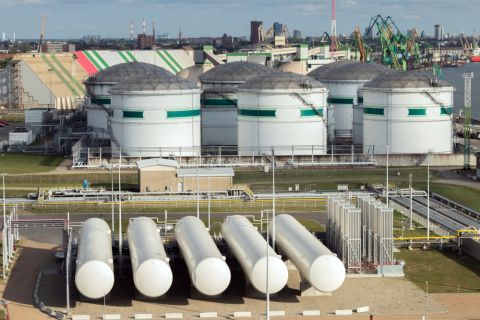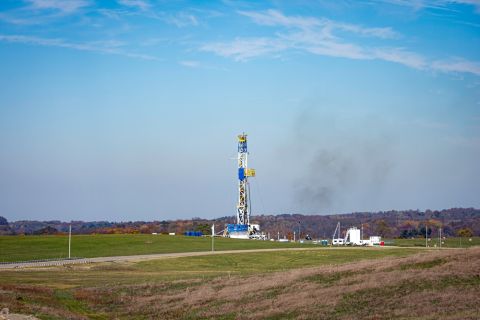
Operators are turning to analytics to help predict when machines such as ESPs might fail before they do. (Source: Syda Productions, Shutterstock.com)
Electric submersible pumps (ESPs) are one of the go-to mechanisms for artificial lift, with as many as 150,000 ESPs in operation around the world, according to Schlumberger. Although ESPs are remarkably efficient for pumping large volumes, they are highly susceptible to prolonged failures.
Post-mortems on ESPs reveal that produced gas and solids have proven to be their undoing. But with the advent of Big Data and machine learning, predicting when an ESP may fail well in advance of any potential mechanical problems is improving.
At the Unconventional Resources Technology Conference held in July in Austin, Texas, Devon Energy reported on its recent efforts to do just that.
For its study, Devon selected a geographic area utilizing several ESPs and a common target formation. Devon’s Advanced Analytics team collected a sample dataset of 51 ESP failures that occurred from January 2015 to July 2016 across 37 wells, while the company’s subject matter experts identified all of the potential factors that affect ESP functions.
Although Devon acknowledged in its study the challenges of analyzing only 51 ESP failures, its results revealed that its predictive modeling technique anticipated ESP lifespans to within about five days of the true ESP lifespans, and 90% of the model’s predictive error was within +/- 30 days of the true ESP lifespan.
“The first iteration of our model identified the specific variables that affect ESP lifespan and should be continuously observed,” said Jessamyn Sneed, evaluation and planning professional at Devon Energy. “We’ve since found ways to improve our model and overcome issues with model fit while addressing concerns discovered during the data-mining phase. We’ll continue to refine our model so that we can leverage operational knowledge with insight from analytics and human intelligence to provide the most value to the field.”
Devon’s study is an example of how leveraging Big Data can help predict problems before they happen.
Jeff Dwiggins, managing director at Artificial Lift Solutions, said it’s imperative for companies to be proactive with their analytics efforts rather than reactionary, such as what Devon has done with its study.
“You’ve got to be proactive; you cannot be in a responsive mode,” he said. “You have to learn through the use of Big Data’s distinct signal patterns that will warn you and allow you to respond.”
However, not all companies have the resources in today’s economic climate to invest in largescale data analytic R&D projects, he said, even if the end result could be long-term cost savings.
“You see operators typically in two distinct classes,” Dwiggins said. “There are those bigger operators that feel they need to apply multiple resources and subject matter experts, and then other operators try to respond to problems. They’re certainly applying technology to help them be more aware and more proactive to changing conditions that would negatively impact the ESP.”
Recommended Reading
Pembina Cleared to Buy Enbridge's Pipeline, NGL JV Interests for $2.2B
2024-03-19 - Pembina Pipeline received a no-action letter from the Canadian Competition Bureau, meaning that the government will not challenge the company’s acquisition of Enbridge’s interest in a joint venture with the Alliance Pipeline and Aux Sable NGL fractionation facilities.
‘Unexpected’ JV to Move Permian NatGas to Gulf Coast LNG Terminals
2024-03-26 - A trio of midstream companies—Enbridge, Whitewater and MPLX—will work together to build infrastructure to transport Permian Basin natural gas to Gulf Coast LNG terminals.
Ohio Oil, Appalachia Gas Plays Ripe for Consolidation
2024-04-09 - With buyers “starved” for top-tier natural gas assets, Appalachia could become a dealmaking hotspot in the coming years. Operators, analysts and investors are also closely watching what comes out of the ground in the Ohio Utica oil fairway.
Global Partners Buys Four Liquid Energy Terminals from Gulf Oil
2024-04-10 - Global Partners initially set out to buy five terminals from Gulf Oil but the purchase of a terminal in Portland was abandoned after antitrust concerns were raised by the FTC and the Maine attorney general.
NOG Closes Utica Shale, Delaware Basin Acquisitions
2024-02-05 - Northern Oil and Gas’ Utica deal marks the entry of the non-op E&P in the shale play while it’s Delaware Basin acquisition extends its footprint in the Permian.





